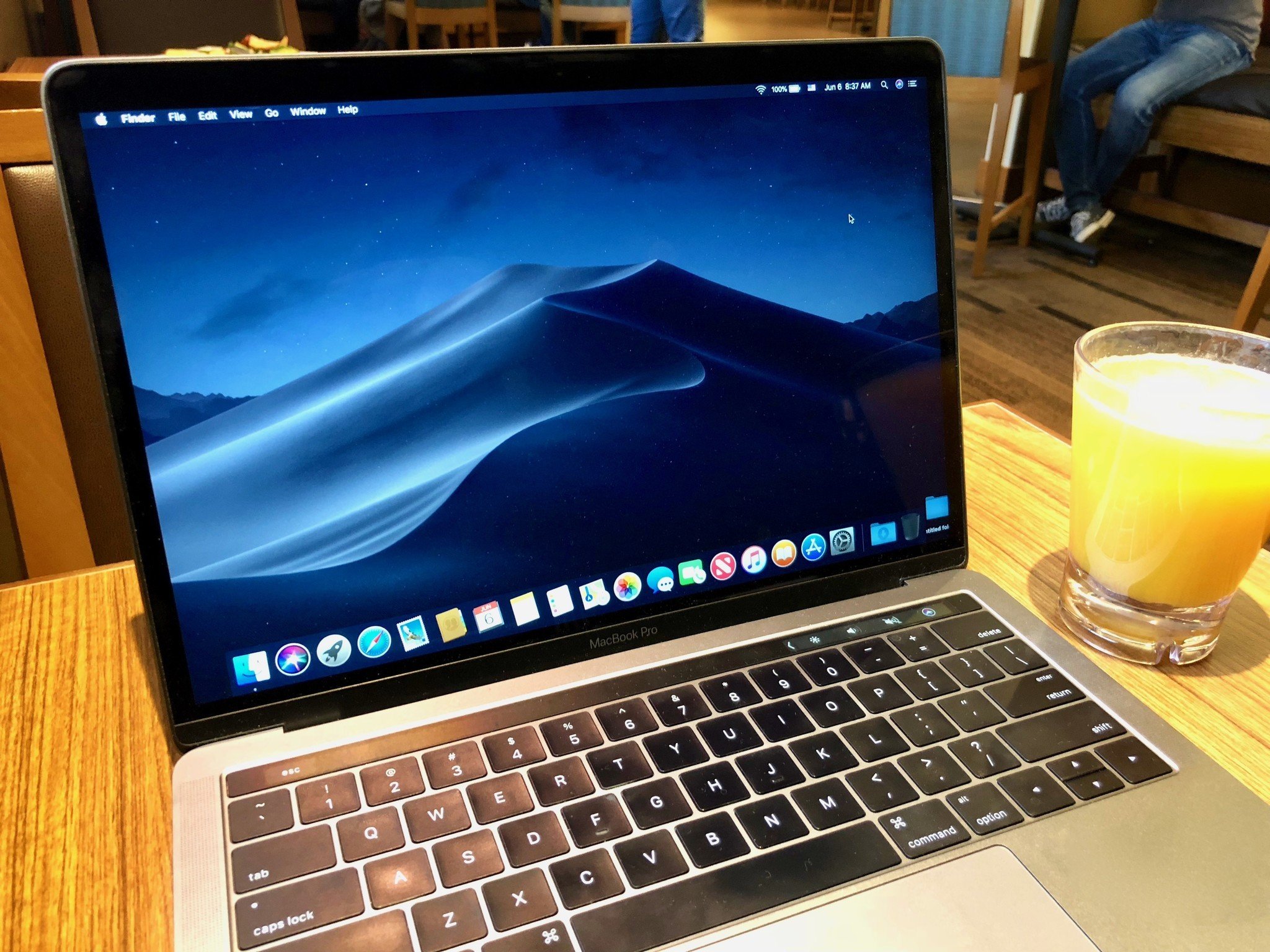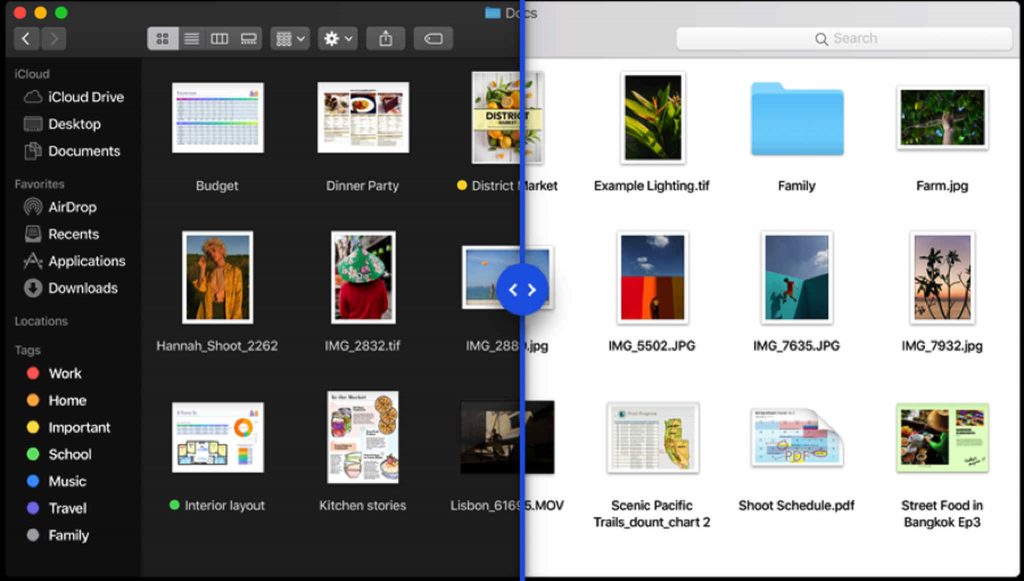- Graphic Idraw Software Mac Os Mojave Compatibility Download
- Graphic Idraw Software Mac Os Mojave Compatibility Chart
- Graphic Idraw Software Mac Os Mojave Compatibility Issues
- Graphic Idraw Software Mac Os Mojave Compatibility 2
Dear Customers. Our virtual instruments and effects are compatible with macOS Mojave on Logic Pro X and Garage Band. If you are using another workstation, don't forget to make sure that your DAW is compatible with macOS Mojave as well.
- Dec 15, 2018 If you want to download the latest MacOS update, Mojave, and get the excellent new features like a built-in dark mode, then you need to make sure your Mac.
- This app checks the drives in the Mac and repairs any issues it may pick up during this checkup. Formatting drives are also easy with this app. Even if you are running the macOS Mojave on a computer natively run by another operating system, you can still use the Paragon to get NTFS drive full access.
It is understandable why many Mac users would want to upgrade from earlier macOS versions to Mojave. It is, after all, a feature full OS release from Apple. Things to expect in Mojave include a dedicated dark mode, a new class of utility apps, a better way to organize files, a redesigned app store, better battery management, and an intelligent photo app, to mention a few. But while Apple says that the upgrade is “free and easy,” some users are finding that they can’t update their MacBook to Mojave.
There are many potential reasons why this can happen, and in this article, we will help troubleshoot a number of them.
Why Your MacBook Won’t Upgrade to Mojave
The first thing to look out for is whether or not your machine is compatible with Mojave because not all Apple’s computers make the cut. The following is a list of the Macs that are compatible with macOS 10.14 Mojave:
- MacBook (early 2015 or later)
- MacBook Air (mid-2012 or later)
- MacBook Pro (mid-2012 or later)
- Mac mini (late 2012 or later)
- iMac (2012 or later)
- iMac Pro (all models)
- Mac Pro (late 2013)
- Earlier Mac Pro versions (mid-2010 and mid-2012 with a recommended Metal-capable graphics card
To check whether your computer meets these basic requirements, choose About this Mac from the Apple menu.
An upgrade to Mojave can be made from OS X Mountain Lion or later if your Mac is on the above list. Your Mac also needs to have at least 2 GB of memory and over 12.5 GB of storage space. When upgrading from Yosemite or earlier macOS versions, the storage space needs to be over 18.5 GB. As a rule of thumb, make sure that your computer has a storage space of more than 20% when seeking to upgrade from earlier OS versions to Mojave.
One of the reasons that could be making the Mojave update problematic is the lack of a graphics card that supports Metal. Metal is a computer technology by Apple that lets the system and apps to more efficiently tap into the capabilities of today’s graphics card processors (GPUs). Older Mac versions, specifically Mac Pro (mid-2010) and Mac Pro (mid-2012), don’t have graphics processors that support Metal. To install Mojave on them, you will have to upgrade their graphics cards first.
How to Upgrade Your Macbook to Mojave
The Mac Pro users are the most affected by the issue of failing Mojave updates, so it is best to help them first. Before pursuing the solutions that we have listed below, consider cleaning your computer with a premium utility software, such as Tweakbit MacRepair. The tool will scan your entire system, find and remove any performance limiting issues, such as missing registry entries, junk files, and malware. Cleaning your computer this way will make it easier to make the Mojave update because of the improved performance.
How to Install macOS 10.14 Mojave on Mac Pro (Mid 2010) and Mac Pro (Mid 2012)
To upgrade the mentioned Mac computers to Mojave, you first need to upgrade the operating system to macOS High Sierra 10.13.6. Upgrading your Mac directly from earlier versions than the High Sierra will always result in an upgrade failure.
After making the upgrade to macOS High Sierra 10.13.6, you need to check whether your graphics card is supported. This is how to check whether your graphics card is supported:
- Press and hold the Option key and choose the Apple menu. This will open the System Information window.
- On the sidebar, select Graphics/Displays. Graphics cards that are compatible are labeled Supported.
The following is a list of the supported third-party graphics cards:
- MSI Gaming Radeon RX 560 128-bit 4GB GDRR5
- SAPPHIRE Radeon PULSE RX 580 8GB GDDR5
- SAPPHIRE Radeon HD 7950 Mac Edition
- NVIDIA Quadro K5000 for Mac
- NVIDIA GeForce GTX 680 Mac Edition
- AMD Radeon RX 560
- AMD Radeon RX 570
- AMD Radeon RX 580
- AMD Radeon Pro WX 7100
- AMD Radeon RX Vega 56
- AMD Radeon RX Vega 64
- AMD Radeon Pro WX 9100
- AMD Radeon Frontier Edition
After making sure that the graphics card on your computer is supported, you will need to turn off FileVault before making the update. Take the following steps to turn off FileVault:
- Choose Apple Menu > System Preferences > Security & Privacy.
- Click the FileVault tab.
- Enter the administrator name and password.
- Click Turn off FileVault.

Check for Software Compatibility
While all Apple’s apps will be compatible with Mojave from day one, apps from other developers may not be, and this may cause compatibility issues. It could also be the reason that your Macbook won’t upgrade to Mojave.
Thus, you need to check that the apps that are installed on your computer are compatible with Mojave before trying to make the upgrade. To do this, visit the developer’s website to check the app for compatibility.
The issue of software compatibility is also one of the reasons that you should back up your data before upgrading to Mojave. Some apps may be too essential to your workflow that if they are not compatible with Mojave, you might have to revert to using macOS High Sierra or an earlier version.
Check Your Drive for Errors
Corrupted disks may be the reason that you are unable to update your MacBook to Mojave. To make sure that this is not the case, you can use the Disk Utility tool to check your disks for errors. Here is how to use the Disk Utility tool:
- Go to Applications > Utilities > Disk Utility.
- Select your startup volume and First Aid in the toolbar.
The First Aid process will take a few minutes to complete during which time the Disk Utility tool will scan your disk for errors and make repairs where applicable. Keep in mind that while the Disk Utility tool does a superb job repairing drives, some disks are damaged beyond repair. In other words, you might have to replace your disks to make the upgrade.
After confirming the system and software compatibility, cleaning your computer and checking your disks for any errors, you can now proceed and try to upgrade your macOS to Mojave. It is unlikely that you will experience any more issues.
To download Mac Mojave, go here. Apple recommends that you have a stable internet connection before making the update and that you also back up your data. The company also calls on Mac users to use their customer support system in case they are having a hard time transitioning from earlier OS versions to Mojave. They promise to help.
If you have any more ideas on how to solve the “MacBook won’t upgrade to Mojave issue,” let us know in the comment section below.
DOWNLOAD NOW!
If you’re running into errors and your system is suspiciously slow, your computer needs some maintenance work. Download Outbyte PC Repair for Windows, Outbyte Antivirus for Windows, or Outbyte MacRepair for macOS to resolve common computer performance issues. Fix computer troubles by downloading the compatible tool for your device.Check compatibility
You can upgrade to macOS Mojave from OS X Mountain Lion or later on any of the following Mac models. Your Mac also needs at least 2GB of memory and 12.5GB of available storage space, or up to 18.5GB of storage space when upgrading from OS X Yosemite or earlier.

MacBook introduced in 2015 or later
MacBook Air introduced in 2012 or later
MacBook Pro introduced in 2012 or later
Mac mini introduced in 2012 or later
iMac introduced in 2012 or later
iMac Pro (all models)
Mac Pro introduced in 2013, plus mid-2010 or mid-2012 models with a recommended Metal-capable graphics card.
To find your Mac model, memory, storage space, and macOS version, choose About This Mac from the Apple menu . If your Mac isn't compatible with macOS Mojave, the installer will let you know.
Make a backup
Graphic Idraw Software Mac Os Mojave Compatibility Download
Before installing any upgrade, it’s a good idea to back up your Mac. Time Machine makes it simple, and other backup methods are also available. Learn how to back up your Mac.
Get connected
It takes time to download and install macOS, so make sure that you have a reliable Internet connection. If you're using a Mac notebook computer, plug it into AC power.

Download macOS Mojave
For the strongest security and latest features, find out whether you can upgrade to macOS Catalina, the latest version of the Mac operating system.
If you still need macOS Mojave, use this App Store link: Get macOS Mojave.
Begin installation
After downloading, the installer opens automatically.
Click Continue and follow the onscreen instructions. You might find it easiest to begin installation in the evening so that it can complete overnight, if needed.
If the installer asks for permission to install a helper tool, enter the administrator name and password that you use to log in to your Mac, then click Add Helper.
Graphic Idraw Software Mac Os Mojave Compatibility Chart
Allow installation to complete
Please allow installation to complete without putting your Mac to sleep or closing its lid. Your Mac might restart, show a progress bar, or show a blank screen several times as it installs both macOS and related updates to your Mac firmware.
Graphic Idraw Software Mac Os Mojave Compatibility Issues
Learn more
Graphic Idraw Software Mac Os Mojave Compatibility 2
- If you have hardware or software that isn't compatible with Mojave, you might be able to install an earlier macOS, such as High Sierra, Sierra, or El Capitan.
- macOS Mojave won't install on top of a later version of macOS, but you can erase your disk first or install on another disk.
- You can use macOS Recovery to reinstall macOS.